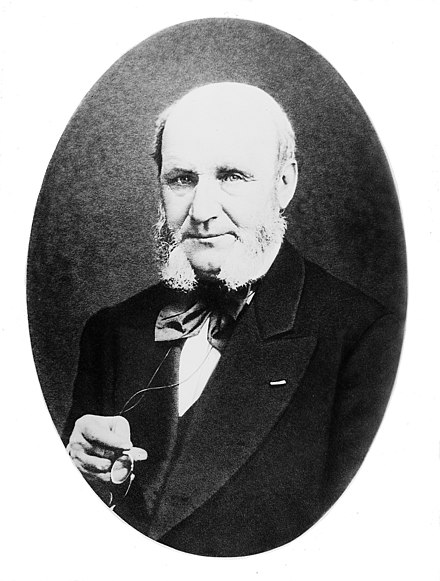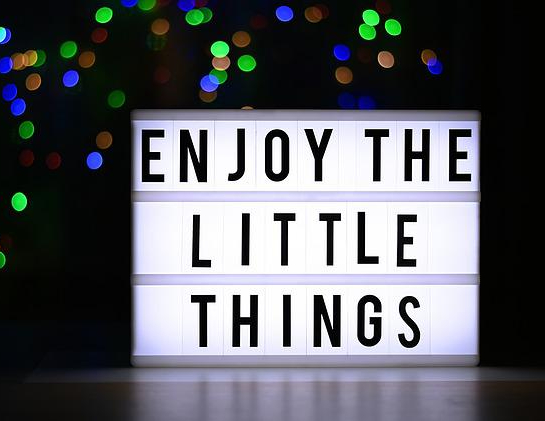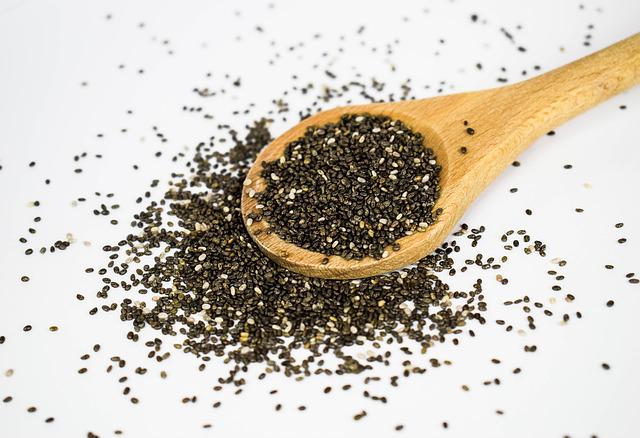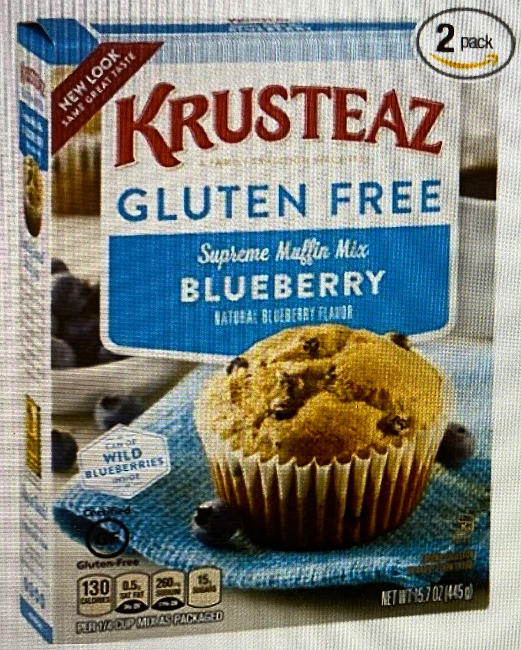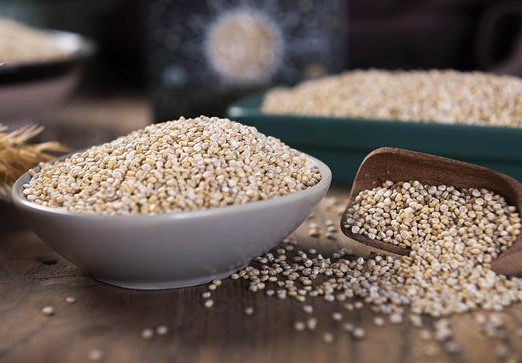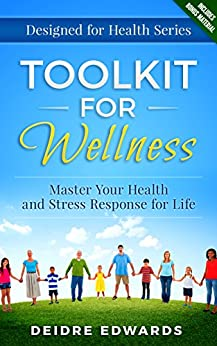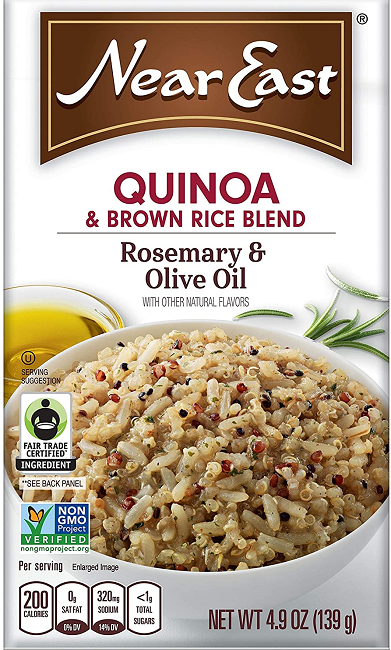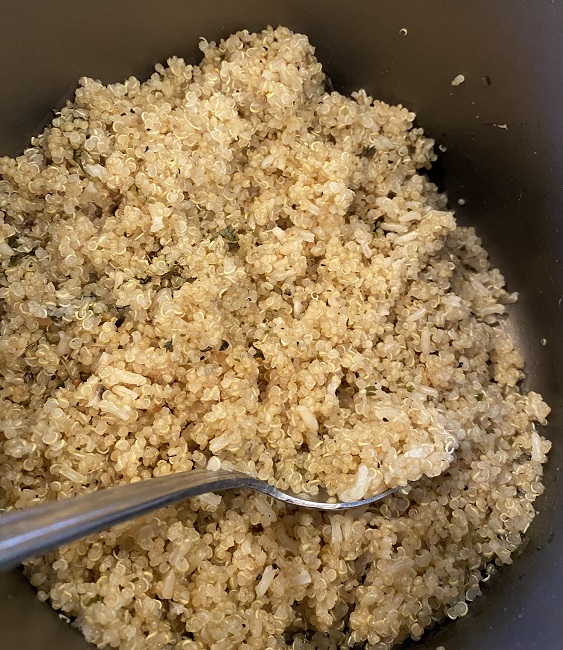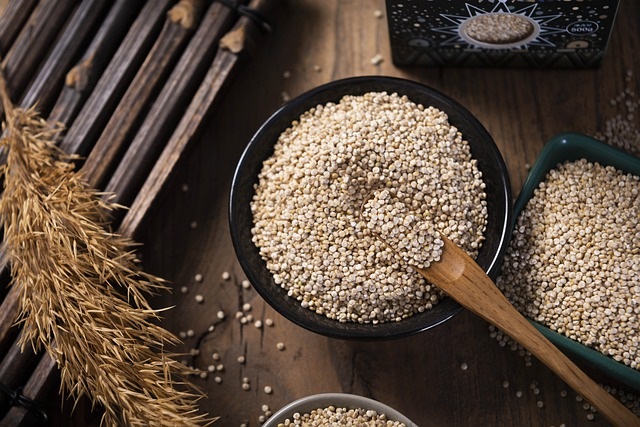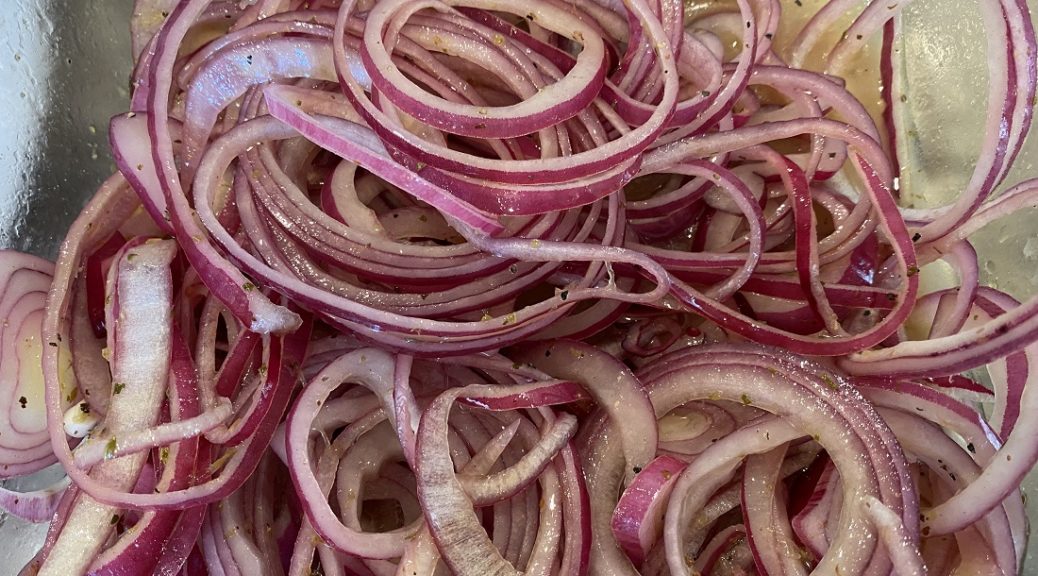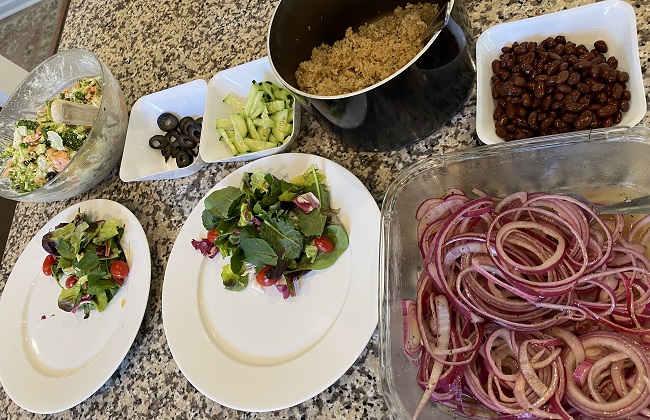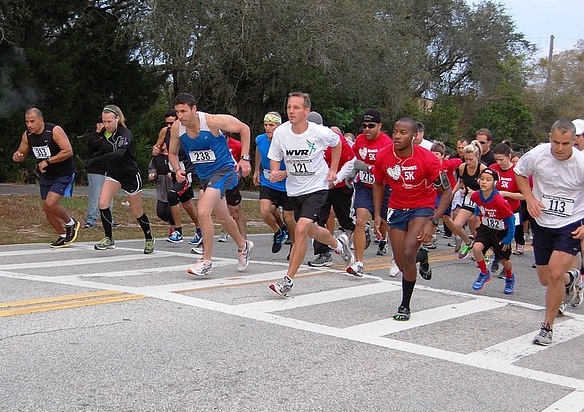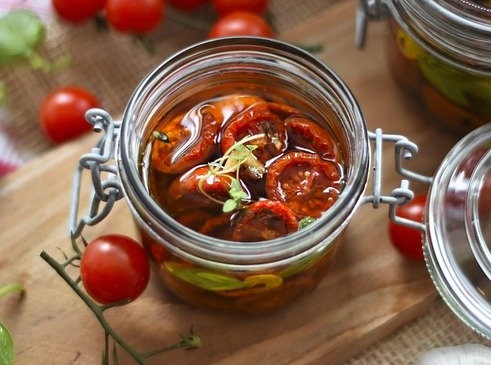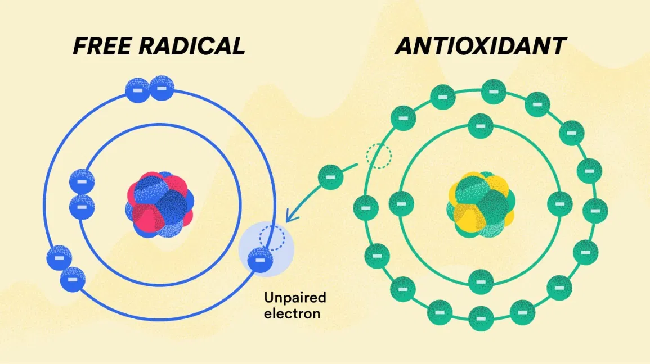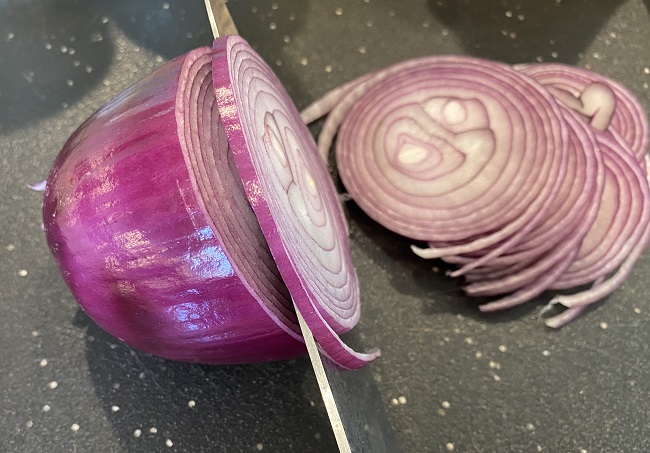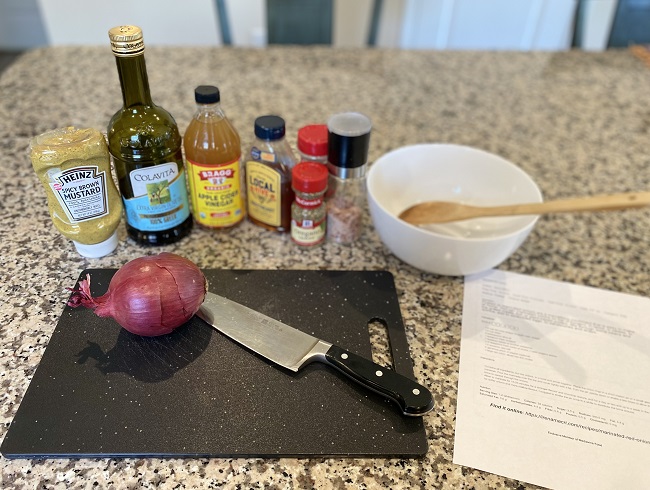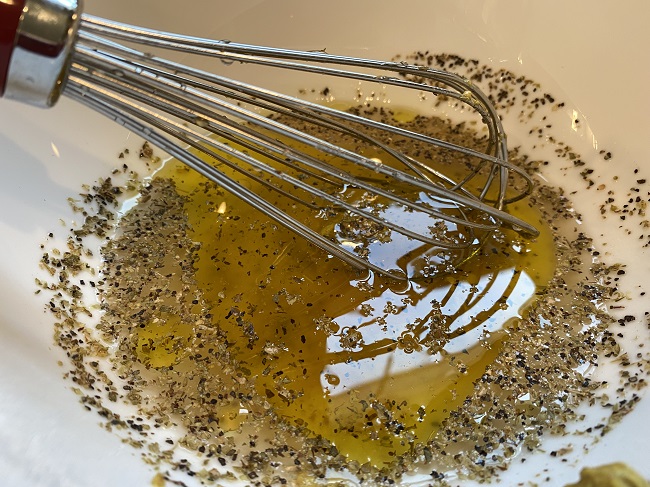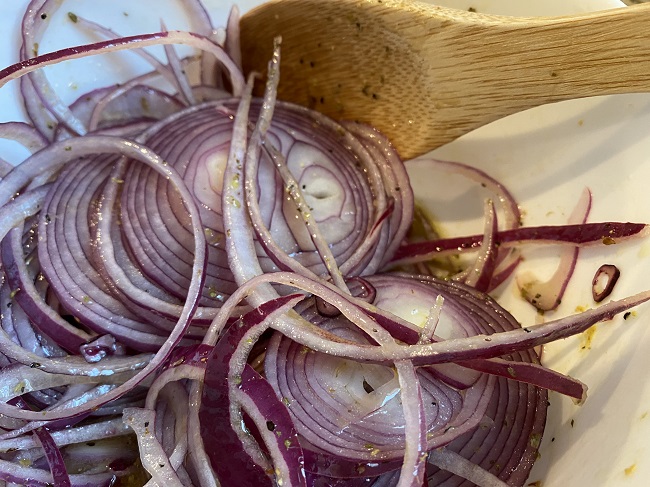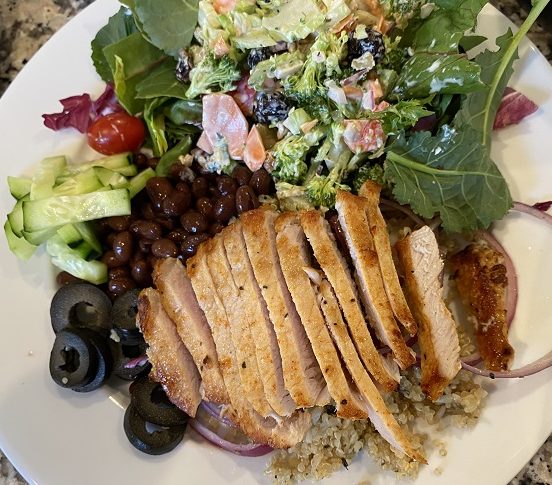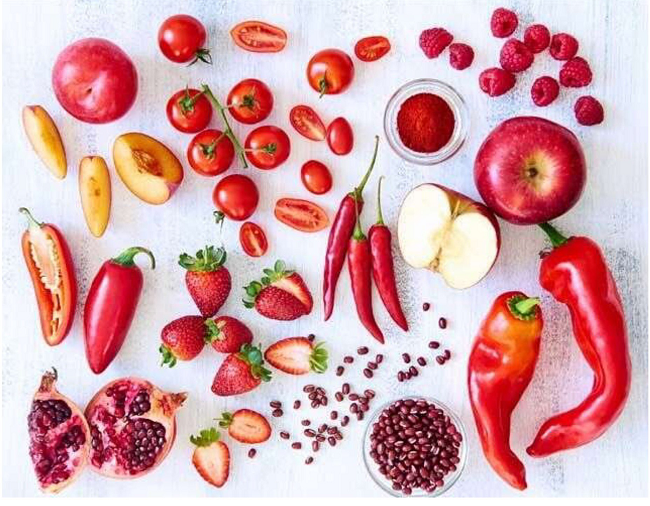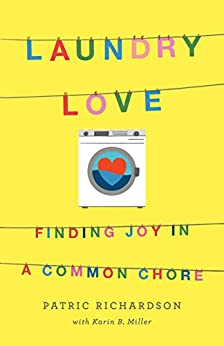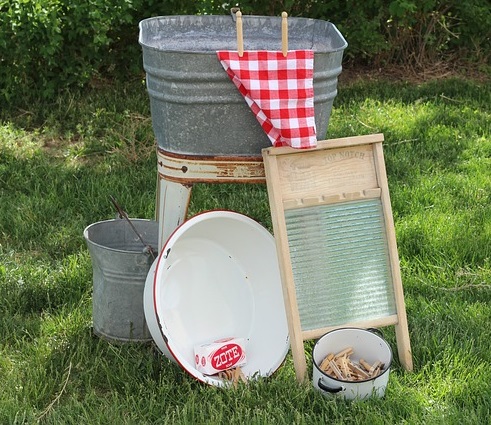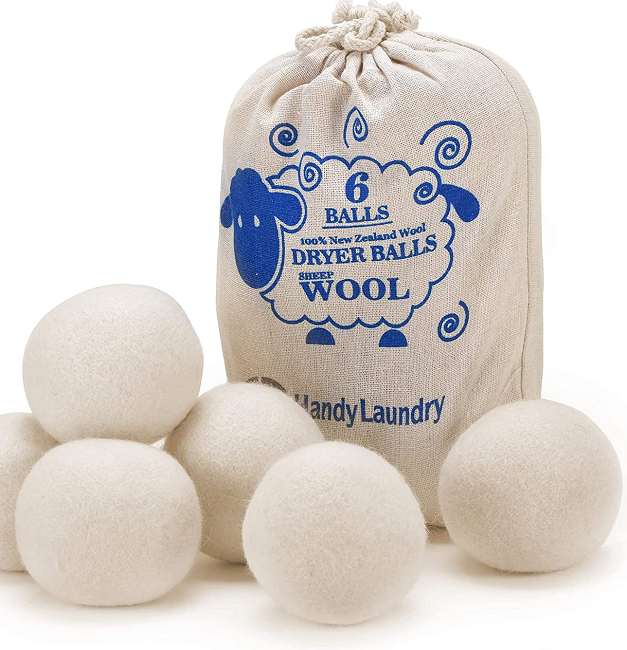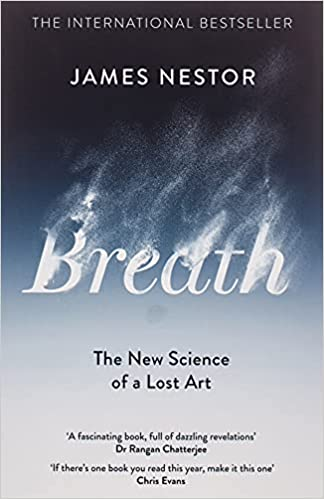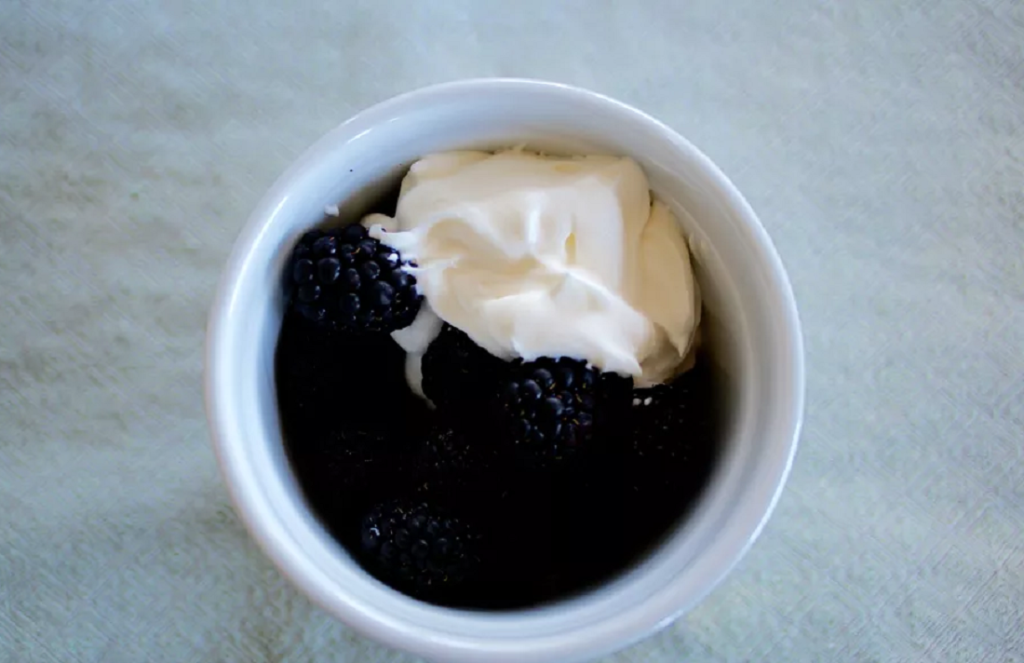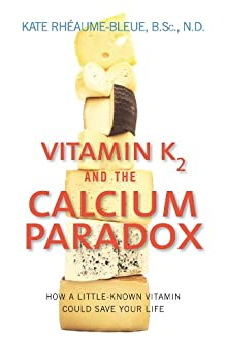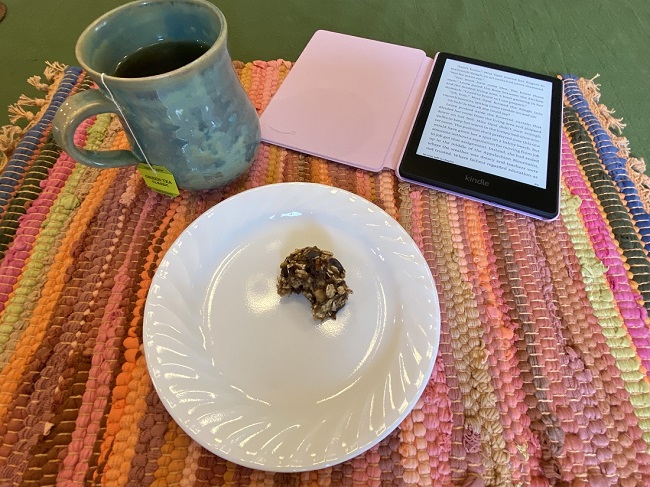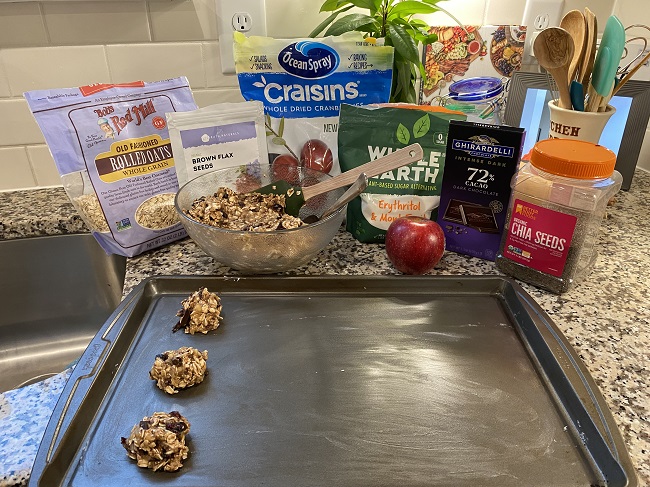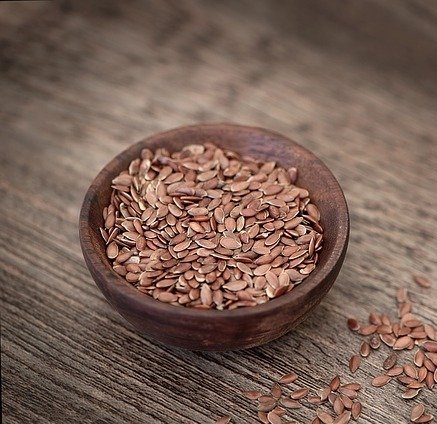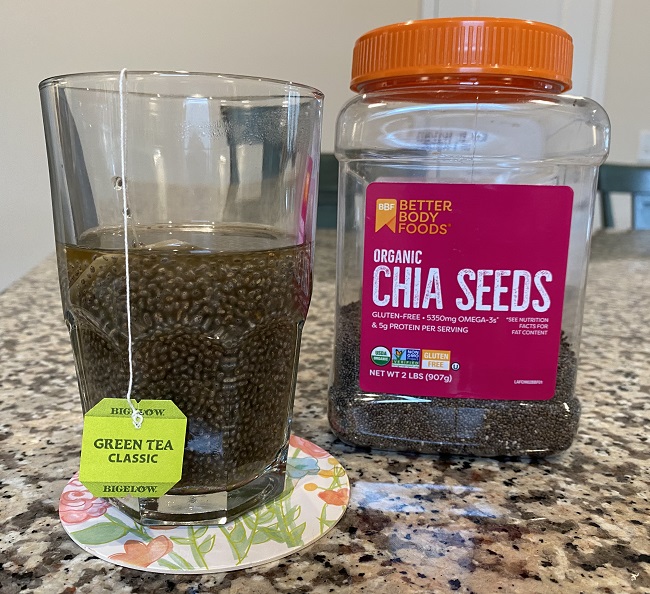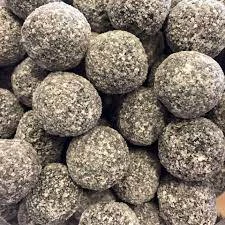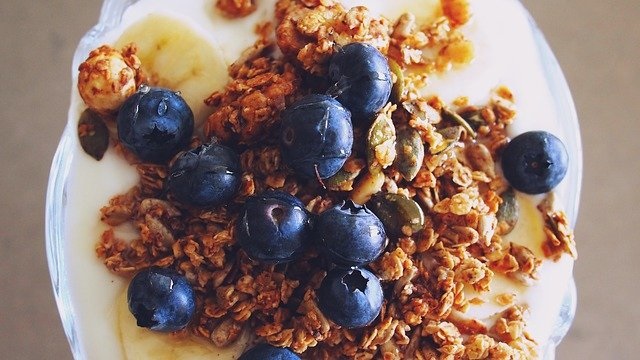Little Orphan Annie had it right, “You’re never fully dressed without a smile.”
Not to be disingenuous in valuing and recognizing human emotions, I often taught my high school Health Science students that they may need to use fake smiles and happiness upon entering their on-site training locations.
Yes, they may be in the pits of relationship angst, bad news, tragedy, or physical discomfort, but they needed to leave all that negativity at the door when they entered the building. Their smile might have the makings for an Oscar nomination, but they were to display a smiling, optimistic attitude.
Sure enough, in their clinical post conferences they reported that, because of a forced smile, they were soon feeling a smile that reached their eyes – their whole outlook had lifted – and that new feeling lasted for the rest of their day.
So, do you start smiling when, say, there’s a knock at your door?
Do you wait until you open the door, see who’s there, and wait for something smile worthy – if seeing their face is not enough?
Or have you picked up the habit of smiling before you open the door?
That’s me.
I’ve even learned to smile before answering the phone! While that sounds a bit hardcore, a smile can be heard. If you let that smile reach your eyes, especially, there’s a naturally sunny brightness in the voice that sets a positive tone.
We can thank a French neurologist, Guillaume Duchenne, for noting that there are two types of smiles. Those that rest solely on the lips, and those that spread up to the eyes.
Basically, polite/fake vs. real smiles.
The reason why starting out with even a forced smile will eventually make us happier is because both kinds of smiling cause the release of the mood stabilizing neurotransmitter serotonin in our brains. As a natural stress reducer, serotonin can eventually help turn that forced smile into something very real and reaching to our eyes – just like my students reported.
And – smiling is contagious.
Who knows the needs of those we meet? They may long for the lift you are giving yourself, as well. Two people can ride on our one smile. Heck, maybe a whole roomful of people can be boosted with our less-than-hearty smile.
Pretty soon everyone will have a more positive outlook.
Sounds like the makings of a ground swell of positivity.
In honor of National Smile Day – yes, I revisited nationaltoday.com – start with a smile!
Smiling:
- Takes fewer muscles than frowning
- Increases productivity and creativity
- Lowers blood pressure, heart rate, pain
- Increases strength and endurance
- Boosts immunity
- Helps our brains become more receptive to positive neurotransmitters
- Helps our brains become more receptive to positive neurotransmitters
Share a virtual smile with someone by passing along this post using the options in the MORE button below, and make sure you don’t miss the latest from foodtalk4you by clicking on the subscribe button at the bottom of your phone scroll or to the left of your computer screen.
Deidre
As an Amazon Associate, I earn from qualifying purchases.






